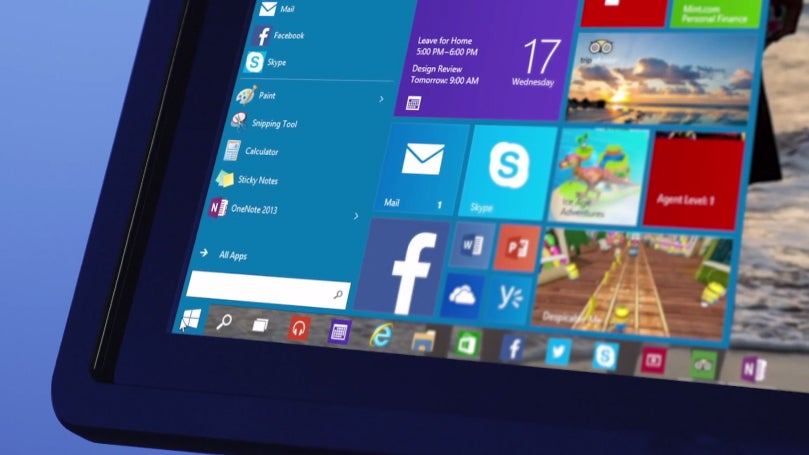Windows 10’s system requirements are harming the laptop market

OPINION Microsoft has tweaked the system requirements for Windows 10, but Computing Editor Michael Passingham argues it hasn’t gone nearly far enough
Hooray, Microsoft has finally admitted that the laptops its OEM partners were selling weren’t quite good enough to be worthy of Windows 10. For July’s Windows 10 Anniversary update, the firm has upped the RAM requirements for 32-bit systems from 1GB to 2GB, and… oh. That’s about it.
This puts Windows 10’s system requirements at: 1GHz processor, 2GB of RAM and 16GB or 20GB of storage for 32bit and 64bit systems respectively. Anybody who’s actually used a Windows 10 machine with this spec will know that this, putting it kindly, is a compromised experience.
First, let’s talk about processors.
I’ve used ultra-budget laptops from the recent past running bottom-of-the-range Intel Celeron and AMD E1 chips, and I couldn’t recommend that experience to anybody.
In fact,
Related: Acer Cloudbook suffers at the hands of low-spec processor
Programs take an age to load, ad-heavy websites slow to a crawl and you’ll spend half your time in Task Manager culling processes in the hope that it’ll make a difference.
It’s downright stupid that Microsoft is willing to allow its biggest product to run on laptops that very few people will have a genuinely good experience with.
Microsoft has had such problems with manufacturers loading bloatware onto Windows machines in the past it’s amazing it doesn’t try to take tighter control over the way its software is distributed.
If I buy my first ever laptop and it’s a horrible experience and it just happened to be running Windows 10, I’m unlikely to come back, especially given the competitive state of the market right now.
Related: Best laptops for students, including some low-spec machines
There’s no room for complacency, either: Google’s Chrome OS-powered Chromebooks have made incredible ground in the last four years and is a fantastic alternative to Windows 10 because it provides a much better experience on bottom-end hardware than anything Windows laptop manufacturers can offer.
And that’s before we get to storage.
I’ve lived with a Windows 10 machine that only has 32GB of storage, and I can tell you things go south fairly quickly. You have to be incredibly careful not to get remotely close to your storage limits – if you do you’ll have a hard time downloading bigger Windows updates and might end up stuck, with folders chock full of temporary files for updates that couldn’t be completed.
Trusted Explains: What’s new in Windows 10?
Related: Best laptops to buy in 2016
And yet the minimum requirement is just 16GB. For a full desktop operating system, it’s laughable and yet manufacturers of super cheap machines take that target and run with it. 32GB should be a bare minimum, but 64GB is what I’d actually call usable, but in a bid to be cheaper than the next guy, most manufacturers are stuck firmly at 16GB and 32GB.
With such influence in the market, I find it hard to imagine Microsoft can’t push up hardware standards by being just a little bit more aggressive about what’s required to run its software.
Microsoft withdrawing support for crappy devices should push progress in the complacent low-end processor and storage markets and give consumers on a budget a much better experience.
If manufacturers think it’s fine to carry on the age of the netbook for another decade, we’re all losers.


